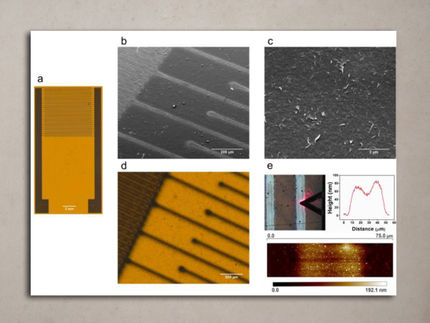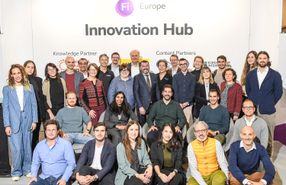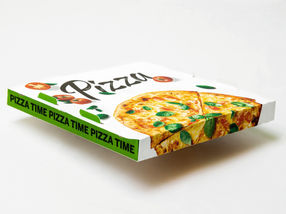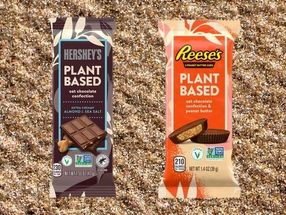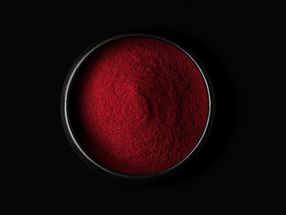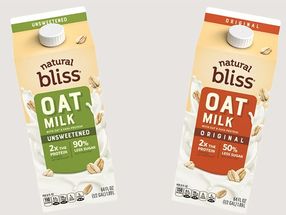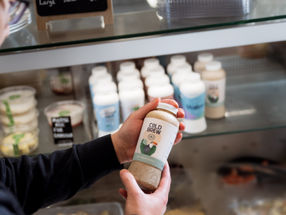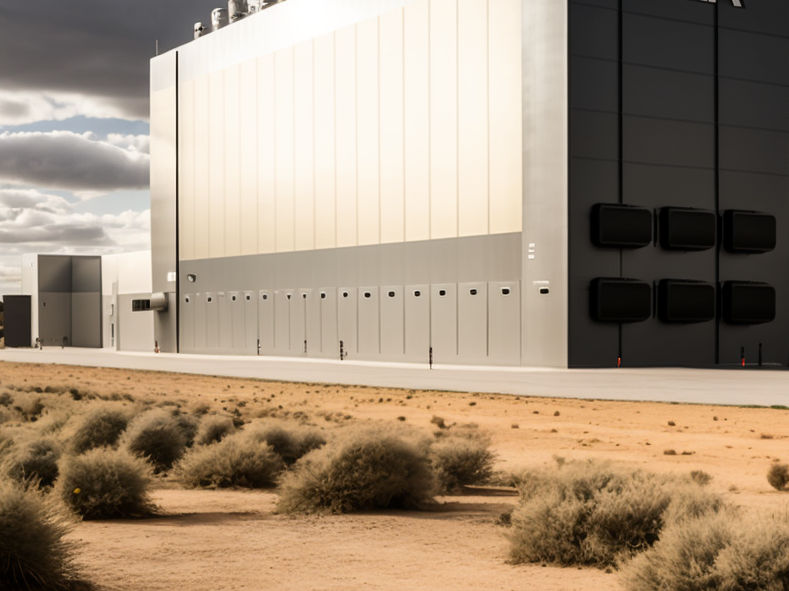Tetra Pak explores Graphene material for the food and beverage manufacturing industry
New revolutionary thinnest, lightest, and strongest material known
Tetra Pak has joined the European Commission graphene Flagship project as the exclusive representative from the packaging industry to explore possible future applications of graphene in food and beverage (F&B) manufacturing.
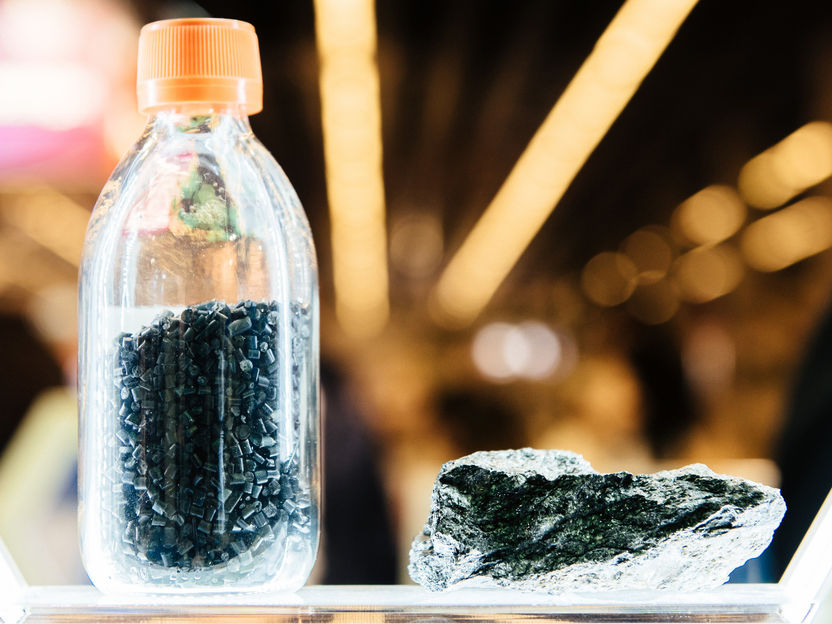
Glass bottle, graphene
Tetra Pak
Graphene is a carbon-based material, one of the thinnest known to mankind, one atom thick, while also being incredibly strong: around 200 times stronger than steel. It is an excellent conductor of heat, electricity and has a wide range of light absorption abilities. Graphene material could bring breakthrough innovations with unlimited potential for integration in almost any industry.
Prof Konstantin Novoselov, Physicist and Nobel Prize Winner said: ‘Graphene has the potential to revolutionise a range of processes and industries. Since Graphene’s first isolation in 2004, we have seen tremendous success and marketplace application of the material within electronics and automotive industries, I’m looking forward to the next phase of the Graphene Flagship and exploring potential innovations in the packaging industry.’
Sara De Simoni, VP, Equipment Engineering, Tetra Pak said: ‘Tetra Pak’s involvement with the European Graphene Flagship is one example of our ambition to drive innovation to the next level. It is a privilege to be the only representative from our industry in this research initiative and puts us at the cutting edge to address challenges through multidisciplinary research and development together with our industry partners.’
Tetra Pak is leading R&D in the packaging sector, exploring the potential graphene holds to unlock a range of new and revolutionary innovations for the F&B industry, including:
Packaging material innovation – is being examined to see how graphene could offer coatings to reduce carbon footprint in packaging supply chain, graphene can also enhance the performance of current packaging materials, enable new functionality as well as increase recyclability.
Smart Packaging – with the development of smart packaging, graphene’s ultra-thin flexible sensors can be integrated to packages as data carriers for producers, retailers and consumers. Graphene sensors can also be smaller, lighter and less expensive than traditional sensors.
Next generation of equipment – exploring how graphene composites can be used to make equipment lighter and more energy efficient has the potential to reduce costs and energy consumption. With only modifications needed to equipment over additional purchases, both time and money are saved.
Most read news
Other news from the department research and development

Get the food & beverage industry in your inbox
By submitting this form you agree that LUMITOS AG will send you the newsletter(s) selected above by email. Your data will not be passed on to third parties. Your data will be stored and processed in accordance with our data protection regulations. LUMITOS may contact you by email for the purpose of advertising or market and opinion surveys. You can revoke your consent at any time without giving reasons to LUMITOS AG, Ernst-Augustin-Str. 2, 12489 Berlin, Germany or by e-mail at revoke@lumitos.com with effect for the future. In addition, each email contains a link to unsubscribe from the corresponding newsletter.

